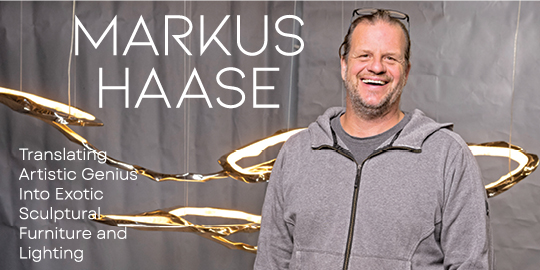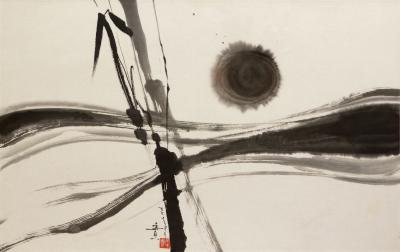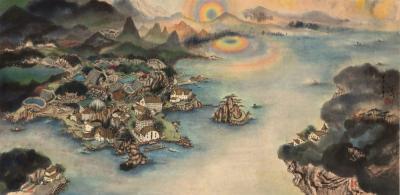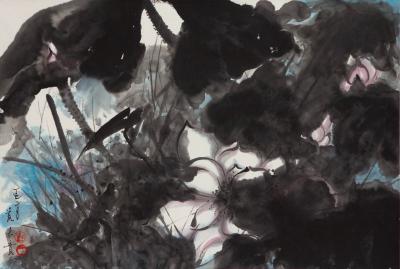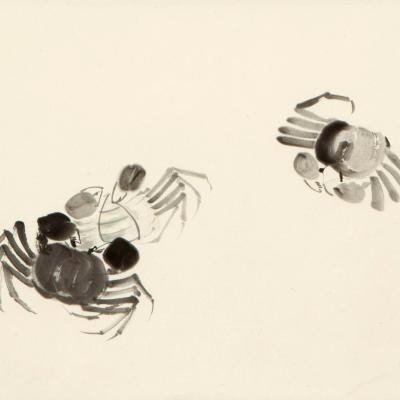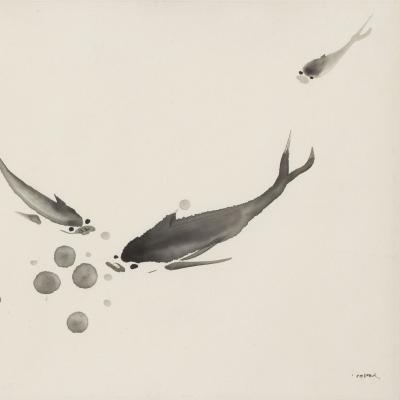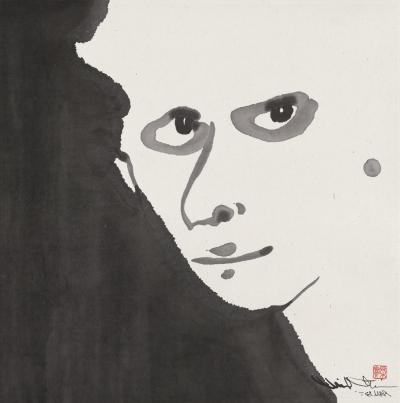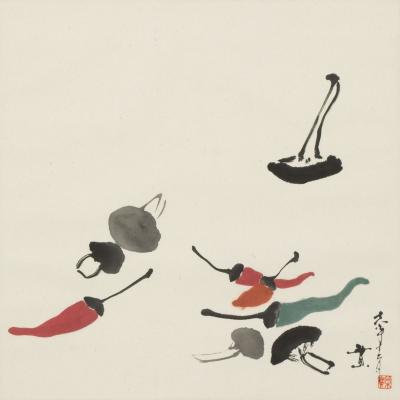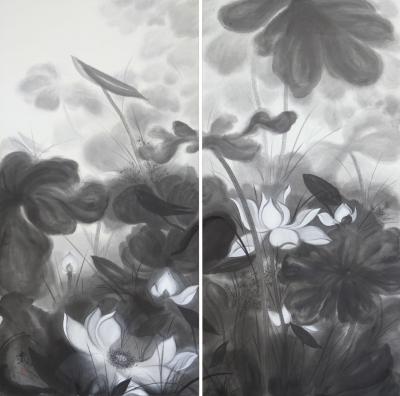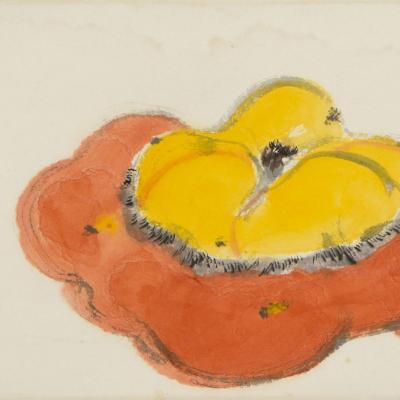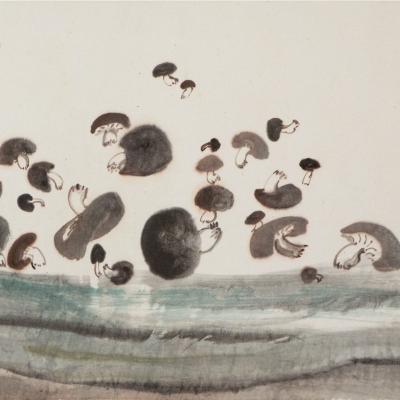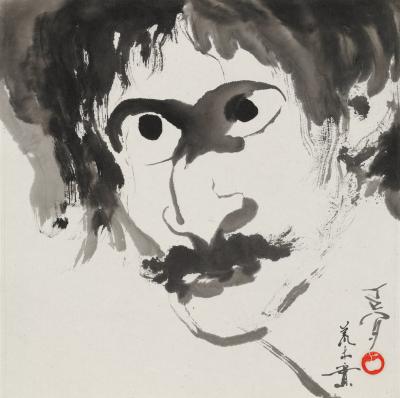Minol Araki
Japanese, 1928 - 2010
Influenced by legendary American designer Raymond Loewy, Araki chose to pursue a career in industry but continued to paint in his spare time even as his work as a designer of consumer electronics took him frequently to Taiwan and Hong Kong as well as to the United States. A key turning point in his artistic formation was a meeting in 1973-when he was already in his forties-with Zhang Daqian (1899-1983), charismatic itinerant master painter, master forger, and one of the most influential figures in the twentieth-century pictorial art of East Asia. Araki became friendly with the elderly genius and with Zhang's encouragement intensified his efforts to carve out a distinctive individual style expressed in dynamic splashed-ink technique, occasionally enhanced by the addition of color, sometimes sparing, sometimes lavish and striking.
Araki remained committed to the literati tradition and prized individual expression above all else, seeking always to capture the rhythms of nature in his art. His mature work achieves a fusion of elements from diverse historical periods and cultures: the intimate album painting of China's Song dynasty (960-1279); lively, eye-teasing twentieth-century French still lifes; American artists, especially Ben Shahn (1898-1969); and, above all, the scholar-amateur manner in Chinese and Japanese painting. His atmospheric landscapes and plant paintings, never for sale during his lifetime, were widely exhibited in Taiwan, Hong Kong, and the United States and have recently been acquired by several leading American museums.
Araki remained committed to the literati tradition and prized individual expression above all else, seeking always to capture the rhythms of nature in his art. His mature work achieves a fusion of elements from diverse historical periods and cultures: the intimate album painting of China's Song dynasty (960-1279); lively, eye-teasing twentieth-century French still lifes; American artists, especially Ben Shahn (1898-1969); and, above all, the scholar-amateur manner in Chinese and Japanese painting. His atmospheric landscapes and plant paintings, never for sale during his lifetime, were widely exhibited in Taiwan, Hong Kong, and the United States and have recently been acquired by several leading American museums.
